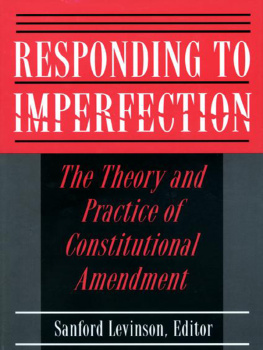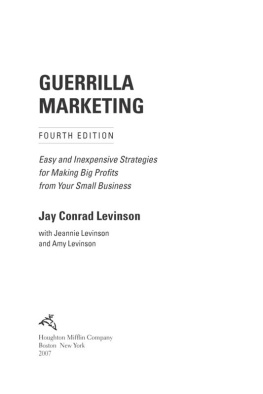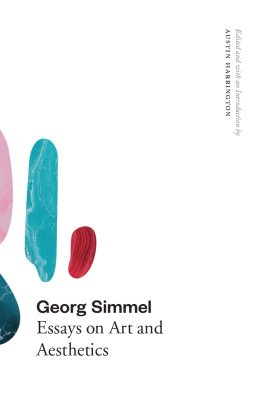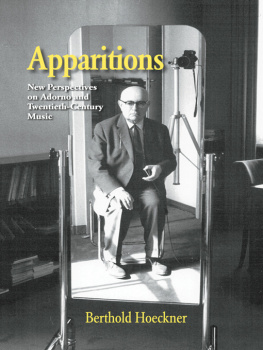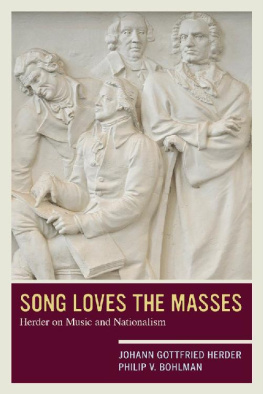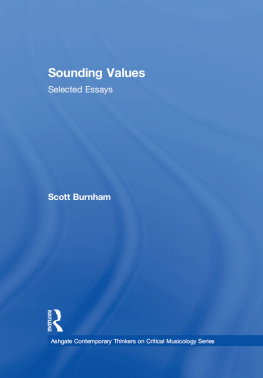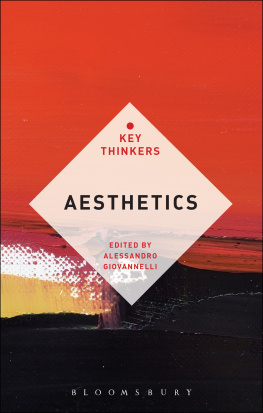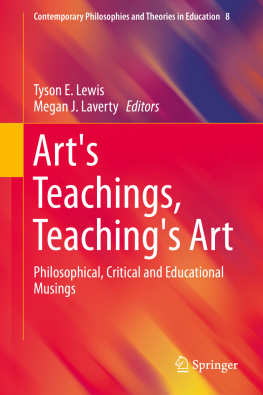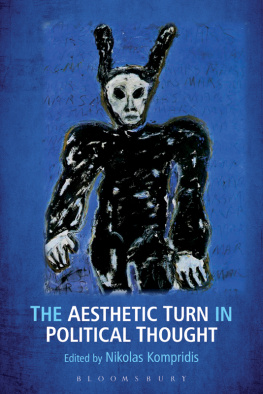Music, Art, and Metaphysics
Music, Art, and Metaphysics
Essays in Philosophical Aesthetics
Jerrold Levinson


Great Clarendon Street, Oxford OX2 6DP
Oxford University Press is a department of the University of Oxford.
It furthers the Universitys objective of excellence in research, scholarship,
and education by publishing worldwide in
Oxford New York
Auckland Cape Town Dar es Salaam Hong Kong Karachi
Kuala Lumpur Madrid Melbourne Mexico City Nairobi
New Delhi Shanghai Taipei Toronto
With offices in
Argentina Austria Brazil Chile Czech Republic France Greece
Guatemala Hungary Italy Japan Poland Portugal Singapore
South Korea Switzerland Thailand Turkey Ukraine Vietnam
Oxford is a registered trade mark of Oxford University Press
in the UK and in certain other countries
Published in the United States
by Oxford University Press Inc., New York
This edition 2011 Jerrold Levinson
The moral rights of the authors have been asserted
Database right Oxford University Press (maker)
This edition first published 2011
All rights reserved. No part of this publication may be reproduced,
stored in a retrieval system, or transmitted, in any form or by any means,
without the prior permission in writing of Oxford University Press,
or as expressly permitted by law, or under terms agreed with the appropriate
reprographics rights organization. Enquiries concerning reproduction
outside the scope of the above should be sent to the Rights Department,
Oxford University Press, at the address above
You must not circulate this book in any other binding or cover
and you must impose this same condition on any acquirer
British Library Cataloguing in Publication Data
Data available
Library of Congress Cataloging in Publication Data
Data available
Typeset by SPI Publisher Services, Pondichery, India
Printed in Great Britain
on acid-free paper by
MPG Books Group, Bodmin and Kings Lynn
ISBN 978-0-19-959663-8 (Hbk)
978-0-19-959662-1 (Pbk)
1 3 5 7 9 10 8 6 4 2
Preface
This book brings together the bulk of my work in aesthetics to date, spanning a bit more than a decade. It consists of twelve previously published essays, plus four new ones appearing here for the first time. Some remarks on the new essays in relation to the old ones are in order..
The reprinted essays appear with little alteration. There have been minor changes of wording throughout, but no real cuts (with the exception of a short concluding section dropped from Aesthetic Supervenience). Some footnotes have been shortened, some lengthened, and some superfluous ones eliminated altogether. To nine of the reprinted essays I have appended Additional Notes. This seemed a good medium for accommodating a modicum of latter-day thoughts, while also affording me the opportunity briefly to situate those papers in relation to work that has appeared subsequently.
My justification for reprinting the previously published essays with minimal alterations is twofold. First, I have not substantially changed my views since writing them, and those views are, as far as their author can tell, more or less of a piece. Second, the essays have, as scrutinized texts, already begun to acquire a small life of their own, and my leaving them largely intact, for better or worse, is a recognition of that.
Most of the essays in this volume, old and new, are situated at the intersection of aesthetic and metaphysical concerns: how the category of art in general is to be circumscribed in a way that is both extensionally adequate and illuminating of the act of art making (Defining Art Historically and Refining Art Historically), how the nature and proper interpretation of an art form cannot be detached from issues about its roots or causal origins (Hybrid Art Forms), how entrenched modes of aesthetic experience and aesthetic discourse entail or enjoin certain conclusions about the ontology of art (What a Musical Work Is, Autographic and Allographic Art Revisited, Titles, and What a Musical Work Is, Again), how the aesthetic and artistic content of a work of art relates to the nonaesthetic structure on which it is erected, be it in sound, word, paint, or stone (Aesthetic Uniqueness and Aesthetic Supervenience), and how this content, though historically determined, does not fundamentally evolve over time (Artworks and the Future).
An important second focus of the essays as a whole is a special concern with the art of music. This means, in particular, both (1) examination for their own sake of aesthetic problems peculiar to music, and (2) illumination of problems of wider aesthetic import seen through the lens of that particular art form. In the first category I would place The Concept of Music, Truth in Music, Hope in The Hebrides, Evaluating Musical Performance, and Authentic Performance and Performance Means; in the second category, perhaps, What a Musical Work Is together with its sequel, and Music and Negative Emotion.
If one were to characterize my position in art theory as a whole, it would emerge, I think, as a historicist and contextualist objectivism. This melding of historicist and contextualist considerations with a fairly thoroughgoing objectivism about aesthetic content, artistic meaning, and the concept of art in effect stands as a third thematic pole of the collection; more specifically, the idea that artworks are ontologically, interpretively, and evaluatively bound up with their histories of production, the art-historical situations in which they come to be, and the history-involving intentions of their makers is a central theme of the three essays in Part One and of a number of those in Parts Two and Three as well.
In rough fashion, then, this accounts for the tripartite grouping of the essays. Those in Part One emphasize above all the historicity of art making. Those in Part Two explore metaphysical issuesas to the nature of art objects, art properties, art causation, and art identitymost prominently. And those in Part Three, while usually evincing historicist and metaphysical concern in some fashion, are predominantly contributions to the rather specific metatheory of musical appreciation and criticism. That said, it is clear that on thematic grounds alone, and a somewhat different weighing of the substance of each essay, in Part Two. But I was also concerned that essays be placed in proximity to those they presuppose or to which they crucially refer, and that chronological order be preserved, if possible, for the reprinted essays. These additional desiderata, together with the obvious thematic ones, determined the final grouping.
Finally, as the essays will make plain, I generally stand opposed, in style as well as substance, to sociological, relativistand more narrowly, deconstructivistapproaches to the realm of art which have been fashionable of late. This is meant neither as apology nor as defiance; rather, as a caveat lector.
I thank particularly four individuals who have had most to do with these essays being written: Kendall Walton, for first having shown me how aesthetics could be both rigorous and imaginative, and for a core of insights I have tried to add to in my own work; Peter Kivy, for having early shown an interest in my work on music, and for enriching it by his sometimes dogged opposition; Richard Wollheim, for his philosophical example and encouragement, and his unselfish praise of my efforts beyond what they deserved; and last, Nicholas Wolterstorff, whose specific choice of philosophical subjects is one I found myself somewhat paralleling, beginning with my early work in general metaphysics and continuing with my shift to aesthetics. What is of worth in these essays is partly due to them.
Next page

